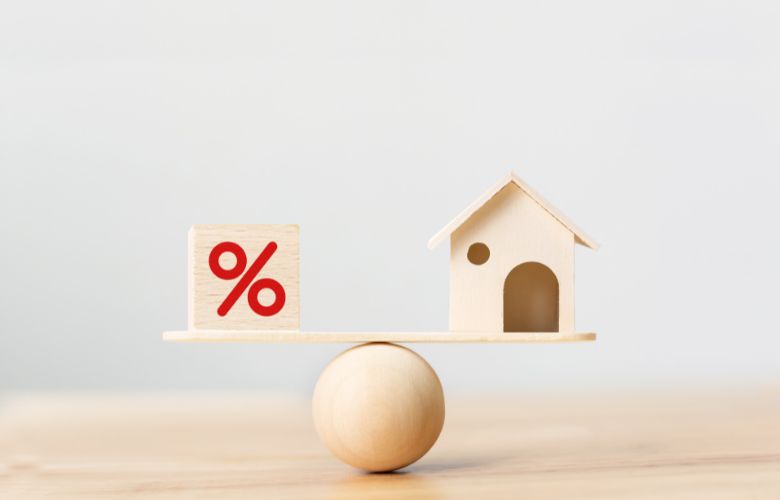Two popular ways to finance a house purchase are fixed-rate and adjustable-rate mortgages (ARMs). Each style has a unique mix of benefits and drawbacks that prospective homebuyers should take into account. In contrast to adjustable-rate mortgages, which initially offer flexibility and the opportunity for savings but run the danger of future rate increases, fixed-rate mortgages give stability and predictability with a constant interest rate during the loan duration. By being aware of the benefits and drawbacks of different mortgage products, borrowers can make an educated choice that fits their needs and aspirations in terms of money.
What Is A Fixed Rate Mortgage?
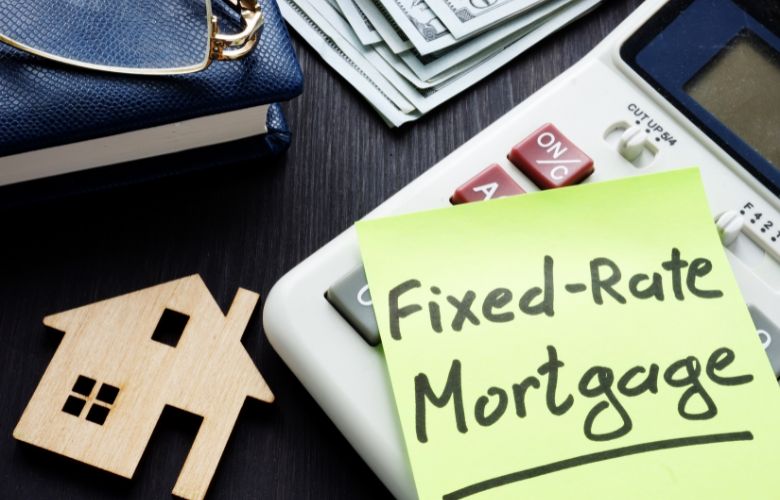
An interest rate on a house loan that has a fixed rate stays the same for the full term of the loan is called a fixed-rate mortgage. As a result, borrowers benefit from stability and predictability in their housing costs because the monthly mortgage payment is the same throughout the loan period. An interest rate on a fixed-rate mortgage is predetermined at loan origination and does not change over time, regardless of changes in the larger financial market. Because their mortgage payments will continue to be the same each month, this enables borrowers to precisely plan and budget their finances.
Although other alternatives may be available, the most typical fixed-rate mortgage durations are 15 years and 30 years. The main debt is steadily lowered over time, but during the initial years of the loan, a higher portion of each monthly payment is allocated to interest. Homebuyers who appreciate the security and peace of mind that a predictable payment structure brings are drawn to fixed-rate mortgages. They are especially advantageous during periods of low-interest rates since borrowers can lock in a good rate for the whole term of the loan, shielding them from any rate rises in the future.
It’s crucial to remember that even while the interest rate is fixed, the total monthly payment may still change as a result of things like homeowners insurance or property taxes, which could be put into an escrow account and change over time. However, the amount of the payment earmarked for principle and interest does not change.
Fixed Rate Pros And Cons:
Pros of Fixed Rate Mortgages:
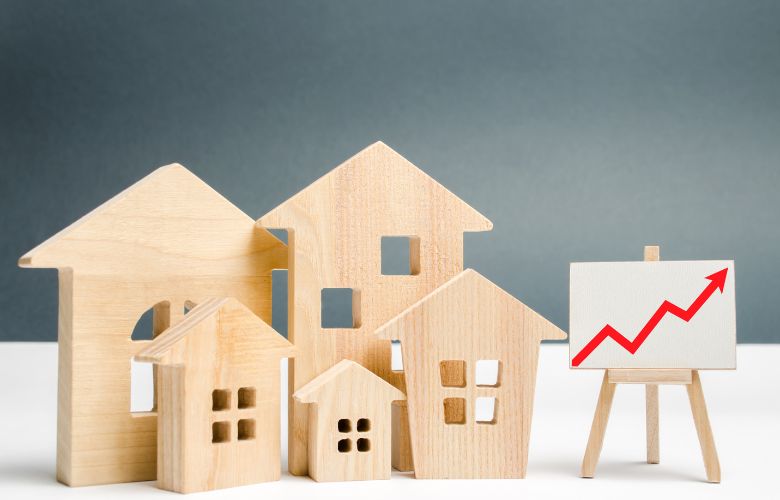
- Stability and Predictability: Since the interest rate and monthly payment remain stable throughout the duration of the loan, a fixed-rate mortgage gives borrowers stability. Economic planning and budgeting are made simpler by this steadiness. Homeowners can more easily set aside money for other costs when they have a fixed-rate mortgage since they are able to predict their monthly payments with confidence. The interest rate on a fixed-rate mortgage stays the same despite growing costs, thus it also offers protection against inflation. Due to their financial security, borrowers can save aside money for the future and decide wisely how to invest it and pursue other financial objectives. All things considered, a fixed-rate mortgage offers security and a strong base for long-term financial stability.
- Protection against Interest Rate Increases: Insuring long-term financial security, a fixed-rate mortgage protects borrowers against increasing interest rates. Unlike mortgages with adjustable rates, which alter according to the market, the interest rate and monthly payment are fixed. In addition to bringing mental tranquilly, this consistency makes it possible to plan and budget effectively. With confidence, homeowners can control their housing costs and gradually increase the value of their properties. An overall sense of financial security for borrowers is provided by fixed-rate mortgages, which provide protection and stability.
- Easier Budgeting: Homeowners with fixed incomes or those who prefer a steady payment schedule can benefit from the ability to carefully organize their costs provided by fixed-rate mortgages. It offers assurance and peace of mind, allowing for precise resource allocation and budgeting. Homeowners who have stable mortgage payments can better manage their money, which lowers financial stress and makes long-term financial planning easier. Overall, a fixed-rate mortgage gives borrowers stability and financial control, enabling them to concentrate on their financial objectives.
Cons of Fixed Rate Mortgages:

- Higher Initial Interest Rate: Fixed-rate mortgages often have higher initial interest rates than adjustable-rate mortgages, which results in larger monthly payments. This may have an effect on a borrower’s capacity to purchase things and affordability. However, the higher rate represents the security and protection against rate increases that adjustable-rate mortgages offer. Before deciding on a fixed-rate mortgage, borrowers must take their financial circumstances and long-term objectives into account. Even if the larger payments could be prohibitive, the consistency and long-term security may outweigh the cost issues. Future payment reductions are still possible with refinancing.
- Potential Missed Savings: If interest rates fall dramatically in the future, homeowners with fixed-rate mortgages could miss out on potential savings. They would have to refinance their mortgage in order to benefit from lower rates, which could result in additional expenses like fees and closing costs. When considering whether to refinance, one should take into account factors like the current interest rate environment, possible savings, the length of the loan, and any plans to remain in the home. Homeowners need to be aware of any limits or penalties for early payments. The potential advantages of refinancing should be carefully assessed against the related costs, even while fixed-rate mortgages offer stability and security against rising rates.
- Limited Flexibility: After committing to a fixed-rate mortgage, consumers could find it difficult to modify the loan’s terms without refinancing. Due to their lack of flexibility, they may be unable to take advantage of favourable market conditions or modify their mortgage to reflect shifting financial situations. More flexibility in adjusting to changes in interest rates and market turbulence is provided by adjustable-rate mortgages. The choice between a fixed-rate and an adjustable-rate mortgage should be carefully considered by the borrower in light of their long-term goals and future changes.
What Is An Adjustable Rate Mortgage?
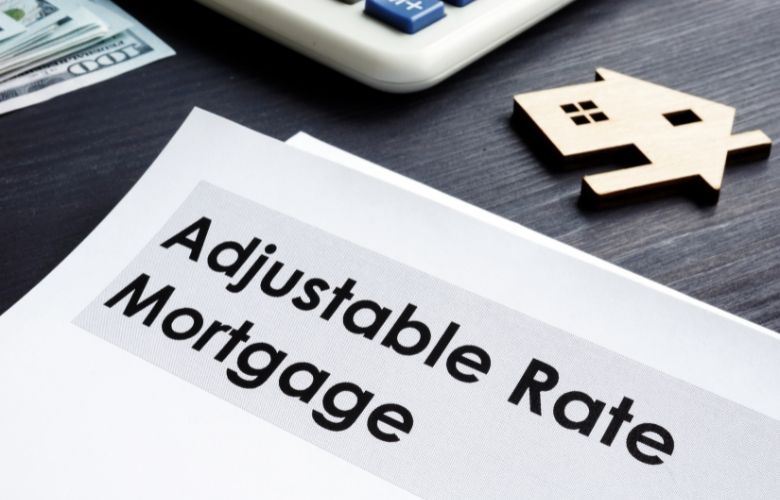
An adjustable-rate mortgage (ARM) is a form of house loan where the interest rate is not fixed and may change over time. It normally begins with an initial fixed-rate period, which typically lasts between three and ten years, and then changes periodically based on a selected financial index. As a result, if the interest rate changes, the monthly mortgage payment may increase or decrease.
In comparison to fixed-rate mortgages, an ARM’s starting interest rate is lower, which is its main benefit. In addition to helping applicants qualify for a larger loan, this can make the first monthly payments more manageable. ARMs can also be advantageous for people who expect changes in their financial status or who intend to sell or refinance their property before the interest rate adjustment period starts.
ARMs do come with some dangers, though. After the initial fixed-rate period expires, the interest rate and monthly payment may rise, perhaps raising the cost to borrowers. Budgeting and long-term financial planning may become more difficult due to the unknown nature of rate increases in the future. Prior to selecting an adjustable-rate mortgage, it’s crucial for borrowers to thoroughly assess their financial stability, risk tolerance, and future goals.
Adjustable Rate Pros And Cons
Pros of Adjustable Rate Mortgages (ARMs):
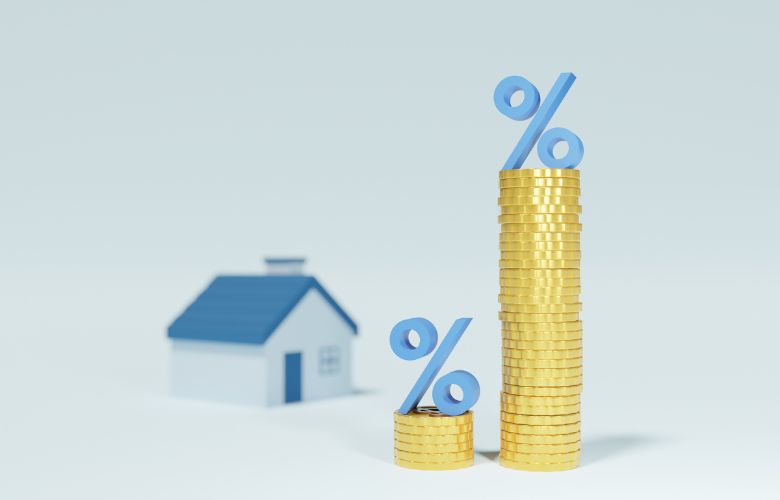
- Lower Initial Interest Rate: Adjustable-rate mortgages (ARMs) offer a lower initial interest rate compared to fixed-rate mortgages, leading to lower monthly payments during the initial fixed-rate period. This affordability makes homeownership more accessible, especially in the short term. Lower payments free up funds for other financial priorities and investments, providing flexibility for borrowers. However, it’s important to consider potential payment adjustments in the future when choosing an ARM.
- Potential for Savings: If interest rates fall after the initial phase, borrowers with adjustable-rate mortgages (ARMs) may benefit from decreased monthly payments. If they intend to sell or refinance before rate adjustments take place, this could result in savings over the course of the loan. Lower payments, in the beginning, provide you with greater flexibility and a chance to save more money. Before selecting this mortgage option, however, consumers should think about the ARM’s conditions and their long-term financial objectives.
- Flexibility: Borrowers who anticipate changes in their financial status or who want to sell their property in a short period of time benefit from the flexibility that adjustable-rate mortgages (ARMs) offer. Homeownership is temporarily more affordable thanks to ARMs’ lower initial interest rates, which result in reduced monthly payments. For those who anticipate an increase in income or who intend to move before rate modifications take effect, this flexibility is very advantageous. Before making a choice, borrowers should carefully consider their capacity to handle any payment adjustments and be aware of the ARM’s conditions.
Cons of Adjustable Rate Mortgages (ARMs):
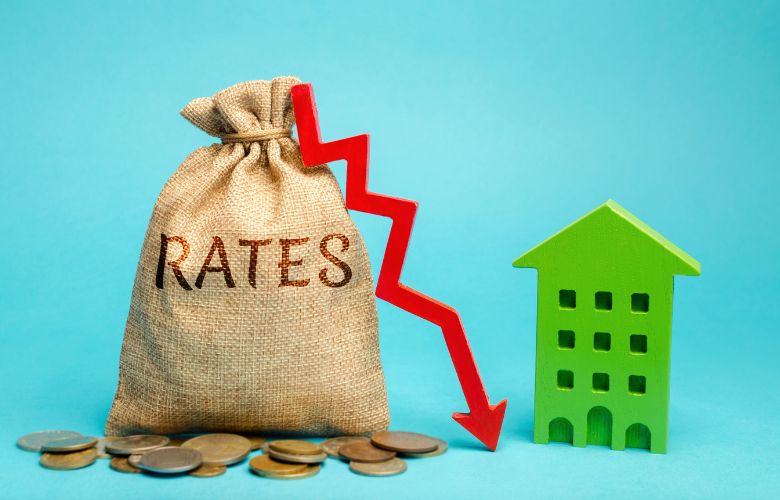
- Rate and Payment Uncertainty: The uncertainty of future interest rate modifications are adjustable-rate mortgages (ARMs) main drawback. The interest rate on ARMs may change after the first fixed-rate period, which could lead to increased monthly payments. Due to their inability to estimate their future housing expenditures with any degree of accuracy, borrowers find it more difficult to develop long-term financial plans. Additionally, ARMs may be less advantageous than fixed-rate mortgages over time due to rising interest rates, which will result in greater overall interest payments. Before choosing an ARM, borrowers should carefully assess their risk appetite and long-term financial objectives.
- Potential Payment Increases: With adjustable-rate mortgages (ARMs), borrowers may see larger monthly payments if interest rates increase beyond the initial fixed-rate period. If they are unprepared for the probable rise in costs, this may put a strain on their finances and capacity to afford things. It may be more difficult for them to satisfy other financial responsibilities and maintain their preferred level of life as a result of the unexpected increase in payments, which may have an effect on their entire financial condition. Borrowers should carefully assess their financial capability, take long-term stability into account, and carefully analyze the details of the ARM before agreeing to it in order to reduce this risk.
- Limited Predictability: Fixed-rate mortgages are more stable and predictable than adjustable-rate mortgages (ARMs). Borrowers find it difficult to budget for and establish future cost plans due to the variable monthly payments of ARMs. Long-term financial planning may be hampered by the uncertainty of interest rate adjustments. Budgetary constraints and the inability to save or achieve other financial objectives can result from higher monthly payments brought on by rising interest rates. Fixed-rate mortgages, on the other hand, give constant monthly payments, giving borrowers additional security. When deciding between an ARM and a fixed-rate mortgage, it’s crucial for consumers to thoroughly evaluate their risk tolerance and financial goals.
Conclusion
With a fixed monthly payment throughout the loan term, fixed-rate mortgages provide stability and predictability. They are suitable for borrowers seeking long-term stability and those who value knowing their precise monthly housing costs because they make budgeting and financial planning simpler. Adjustable-rate mortgages (ARMs) on the other hand, offer lower monthly payments and initial lower interest rates during the fixed-rate term. They provide borrowers with flexibility if they expect changes in their financial status or intend to sell the property in the near future. However, the future danger of rising interest rates means that ARMs will have less certainty and larger monthly payments.
Borrowers should think about their financial objectives, risk tolerance, and long-term intentions when choosing between a fixed-rate mortgage and an ARM. While those looking for short-term affordability and flexibility may prefer an ARM, those who value stability and predictability may find a fixed-rate mortgage ideal. It’s important to analyze one’s ability to tolerate potential payment increases as well as the mortgage terms, including adjustment caps and frequency.
Ultimately, the choice between a fixed-rate mortgage and an ARM depends on individual circumstances and preferences. Seeking guidance from a mortgage professional can help borrowers make an informed decision that aligns with their financial goals and aspirations.
Need support navigating your home loan journey? Speak to the best mortgage broker Melbourne has to offer.

